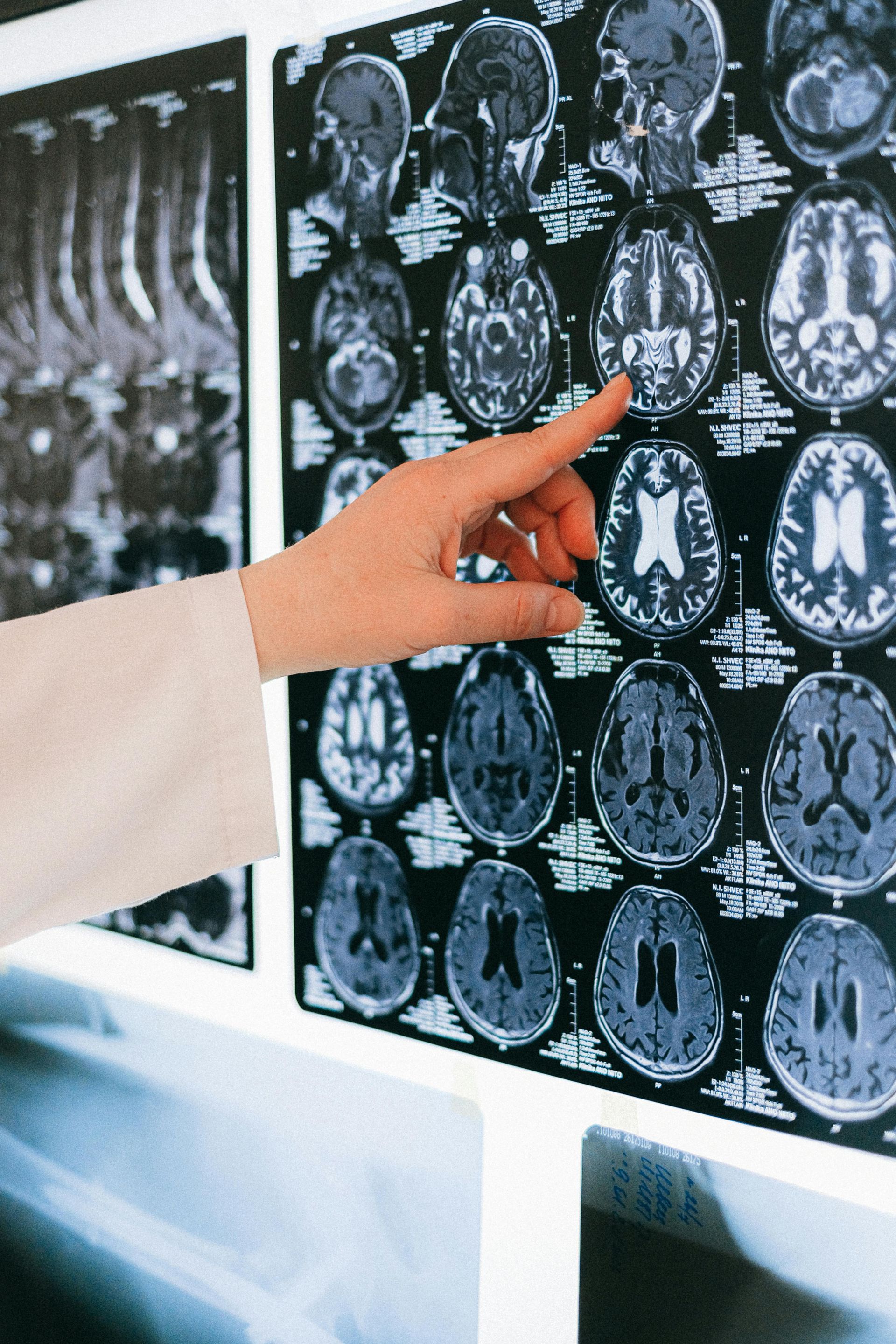Understanding Trauma and the Body
How Our Past Shapes Us and Our Brain
Trauma isn’t just something we experience in our minds—it’s something our bodies carry too. Our nervous systems, designed to protect us from danger, can sometimes overreact or stay stuck in survival mode long after the danger is gone. This reaction can deeply affect how we feel, think, and act in everyday life. Let’s explore how trauma impacts the body and the ways we can foster healing through awareness and connection.

Trauma and Our Nervous System
Our brains and bodies have evolved to protect us from threats. When we experience trauma, our nervous system can become "primed" to sense danger even in safe situations. This overactive response makes it harder for someone to feel calm and at ease, as their body is constantly on high alert.
This state of hyper-awareness reduces what’s called the “window of tolerance,” or the range of emotions and stress levels a person can comfortably handle. Some people may feel stuck in high alert (hyperarousal), while others may feel disconnected or numb (hypoarousal).
Interestingly, the brain doesn’t always need a real threat to react—it can respond “as if” something is dangerous, even when it’s not. This is particularly true for people who’ve experienced ongoing trauma or carry generational trauma, where responses to stress are passed down through families.
How Trauma Gets Stored in the Body
Trauma doesn’t just stay in the brain; it leaves a mark on the body too. The brain and body are connected by a constant feedback loop of signals, and sometimes trauma disrupts these signals. For example:
- Muscle Tension: Unresolved trauma can lead to tight, contracted muscles that the body can’t release on its own, causing physical pain or discomfort.
- Involuntary Reactions: The lower, more primitive parts of the brain can take over, creating automatic, reflexive responses. This is why people might freeze, shut down, or overreact in certain situations.
- Sensory Memory: The body can hold onto traumatic memories, keeping a person physically “stuck” in the past until the tension is released.
The Mind-Body Connection
Over time, the body becomes a reflection of the mind, and vice versa. Stress and trauma can even affect the brain’s ability to adapt and learn. This is because trauma hijacks the brain’s higher functions and forces it into survival mode, which impacts our ability to think clearly, make decisions, or regulate emotions.
However, the good news is that the brain and body are incredibly adaptable. This process, called
neuroplasticity, allows the nervous system to heal and reorganize itself, even after years of stress or trauma.
Healing Trauma Through Awareness and Connection
One of the first steps in healing is developing somatic awareness, or the ability to sense what’s happening in your body. This might include noticing tension, heart rate, or changes in breathing. Bringing these unconscious reactions into conscious awareness can help us regain control and process the past.
Here are some tools often used in trauma therapy:
- Mindfulness and Breathwork
Simple practices like deep breathing or focusing on the present moment can help regulate the nervous system and create a sense of safety. - Gentle Movement and Somatic Exercises
Small, intentional movements can help release stored tension in the body. Slowing down and paying attention to these movements fosters deeper connection with yourself. - Supportive Relationships
Feeling seen, heard, and supported—without judgment—can help rebuild the neural pathways associated with connection and safety. - Visualization and Intentionality
Using your imagination to visualize positive outcomes or release tension can activate healing processes in the body.

The Science of Change
The brain and body are flexible. Even though trauma can leave a mark, we have the ability to heal:
- Neuroplasticity allows the brain to form new connections and adapt to challenges.
-
- Intentional Practices like mindfulness, exercise, and therapy can retrain the brain to respond differently to stress.

Why Somatic Therapies Work
Somatic (body-based) therapies focus on the connection between the mind and body, helping people release stored trauma and create a sense of balance. These approaches consider both internal experiences (like emotions and memories) and external factors (like culture and environment).
By working with the senses and slowing down movements, somatic therapies allow individuals to process and release trauma in a safe, controlled way. This might involve:
- Breathing exercises to calm the nervous system.
- Noticing physical sensations tied to emotions.
- Exploring gentle touch or movement to access and release stored memories.
Moving Forward
Trauma may leave a lasting impression, but it doesn’t have to define your life. With the right tools, support, and understanding, it’s possible to heal—mind, body, and spirit. If you’re feeling stuck or overwhelmed, reaching out to a therapist trained in somatic or trauma-focused approaches can be a powerful first step.
Remember: Healing isn’t about forgetting the past; it’s about reclaiming your present and creating a future where you feel safe, connected, and whole.

ABOUT THE AUTHOR
Dr. Chelsea
Chelsea Levenson PhD, Clinical Psychologist, specializes in creating safe, trusting space for clients on their journey toward healing. She specializes in somatic therapy and improving the mind-body connection. She is trained in trauma-focused modalities including Hakomi Somatic Therapy, EMDR, and IFS. She believes self-compassion, reflection, and awareness are keys to create lasting change. She worked in private practice, and intensive trauma treatment settings, including residential, PHP, and IOP levels of care.
Thank you for being part of a community of humans that deeply cares about healing.
We are honored that you stopped by and hope our resources will continue to bring value to your life.
We are accepting new clients in California, and referrals are always appreciated.












